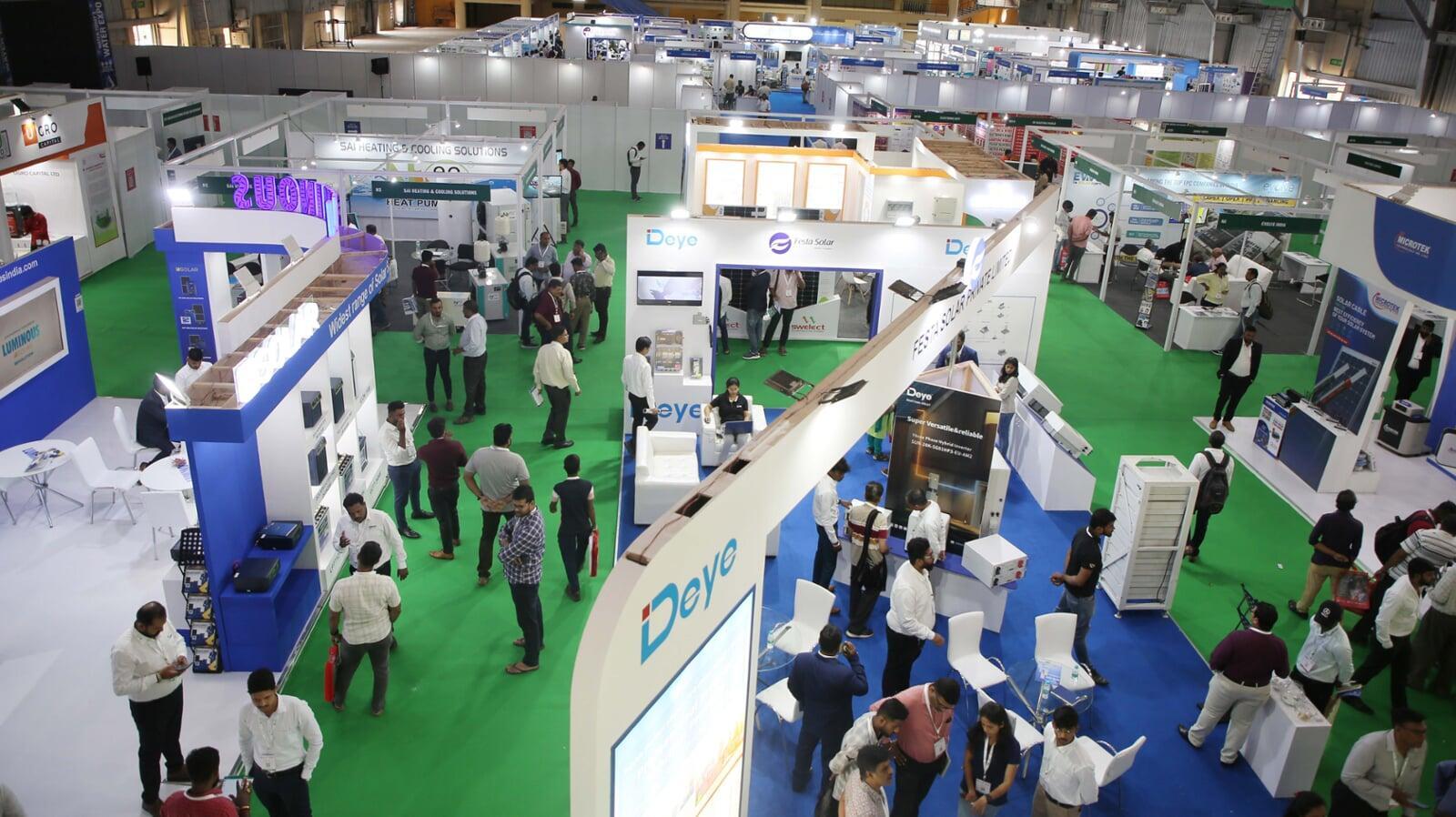
JOIN THE PREMIER RENEWABLE ENERGY & EV EXPO IN INDIA!
Karnataka is among the top states in renewable energy capacity, with over 19.2 GW installed and plans to add 10 GW by 2027. The state is also a hub for electric mobility, with 5,713+ operational EV charging stations. Favorable policies, tax incentives, and clean energy investments make Bengaluru the ideal location for this event. This industry-leading expo provides a platform for cutting-edge technologies, emerging market trends, and global partnerships in the renewable energy and EV sectors.
RENEWABLE ENERGY PROSPECTS IN INDIA & KARNATAKA
India’s vast renewable energy potential positions it as a global leader in the transition to sustainable power. As one of the world’s fastest-growing economies, India faces the dual challenge of reducing fossil fuel dependence while meeting rising energy demands.
To ensure long-term sustainability, India requires affordable financing, advanced technology adoption, and strong policy support. Karnataka plays a vital role in this transformation, leveraging its solar and wind energy potential. The state must continue investing in energy storage solutions, smart grid modernization, and decentralized clean energy adoption.

INDIA’S RENEWABLE ENERGY: LATEST DEVELOPMENTS
India is rapidly expanding its clean energy transition through record capacity additions, ambitious 2030 targets, and policy reforms. Key developments include:
- Record Capacity Additions: India added 28 GW of solar and wind energy in 2024.
- 2030 Targets: Aims for 500 GW of non-fossil capacity.
- Financial Challenges: Needs higher investments & affordable financing.
- Green Hydrogen Expansion: 5 million tons production target by 2030.
- Solar Parks: 50 large-scale projects approved across 12 states.
- New Regulations: Electricity amendments drive clean energy integration.
India’s renewable energy sector is evolving quickly, reinforcing its global leadership in sustainability.
INDIA’S RENEWABLE ENERGY: LATEST DEVELOPMENTS
The Indian government has launched major initiatives to accelerate the growth of clean energy investments:
RE-INVEST 2024: The 4th Renewable Energy Investment Meet reaffirmed India's 500 GW non-fossil target by 2030.
These government policies and incentives demonstrate India’s commitment to clean energy expansion and sustainability.



